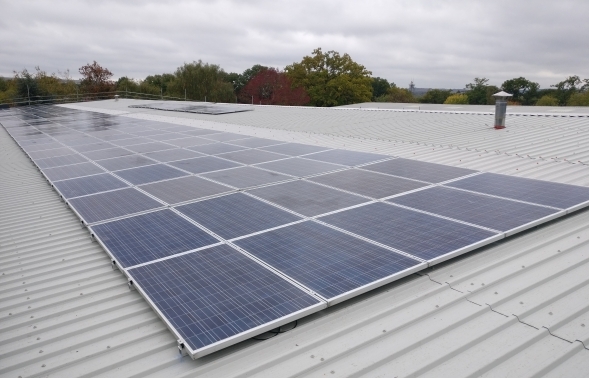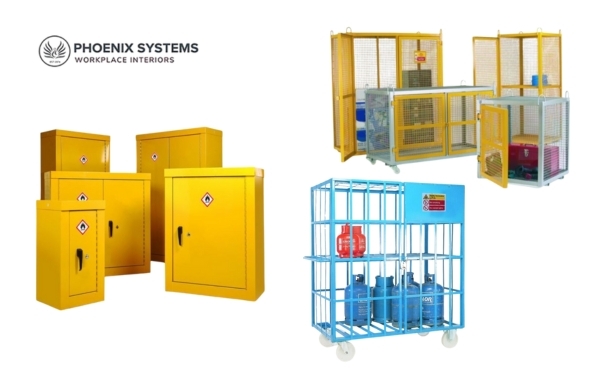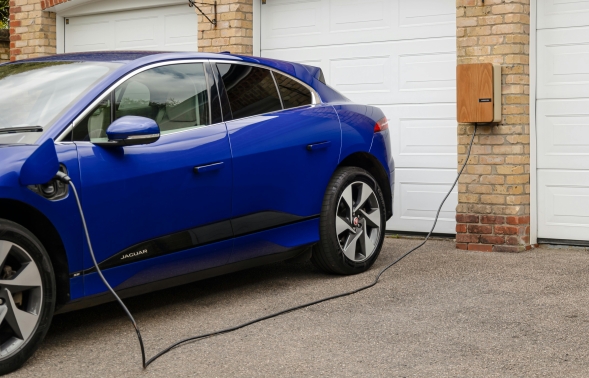“Winter is Coming”; as the days get shorter and the sun begins to lower, you might expect that solar panels will become redundant.
Despite the lower solar radiation, solar panels are still able to work well on cloudy days. Even though they don't produce as much power as they do during sunny summer days, they still provide a reliable source of energy.
This article will talk about how solar panels will perform when the weather turns cold and cloudy. It will also cover how much output you can expect, as well as how to maximise your system's performance.
Is it possible to have solar panels working during winter?
Although winter brings with it various factors that affect the efficiency of solar panels, they can still function well during the cold season.
Besides the lower sunlight, winter also brings various other factors that can affect the efficiency of solar panels. These include snow and leftover leaves.
If your panels are not properly sealed, the moisture from the cold and damp can seep into them and cause damage.
Despite the various challenges that winter throws at solar panels, they still remain an ideal source of sustainable energy throughout the year.
Solar panels are designed to and do work in all weather conditions.
Your battery and solar systems will benefit from the cold. As with other electrical installations, they will perform well in low temperatures.
In addition to surviving the cold, winter also helps improve the efficiency of solar cells by lowering their electrical resistance.
Is it possible to have solar panels working in snow?
Although solar systems can work well in snow, they can't operate properly if the snow is too heavy.
If you have snow around your solar panels, it will block the sunlight that your panels receive, similar to how a tree branch can prevent sunlight from reaching it.
To clean your panels, use a brush head that's made from foam. It will help prevent the surface from getting damaged.
You can hire a professional to remove snow from around your solar panels. Or, you can leave it to decompose on its own.
Solar systems are capable of working on cloudy days.
Although you can expect cloudy days with solar panels, they only require daytime to function properly.
When the sky is overcast, the sunlight hits the clouds, scattering it. This is referred to as diffuse sky radiation.
About two-thirds of the light that hits the clouds reaches the ground and your panels. This allows them to continue producing power.
When you can see the light, your panels will absorb it, as well as some portions of the spectrum that are not visible.
The output of solar panels is affected by the clouds.
Even though clouds may start to appear in your view, your panels can still produce up to 76% of their usual output, which means lower power bills.
When sunlight hits the cloud's edge, its water molecules reflect and refract the light, which makes it more powerful as it moves through the cloud.
A study conducted by researchers at the University of San Diego revealed that the edge-of cloud effect can boost the solar power output by 47%.
The researchers estimated that the light's movement through two clouds can increase the output of solar panels by 63%.
Although clouds can affect the output of solar panels, they can also provide a silver lining in the form of lower electricity bills.



















